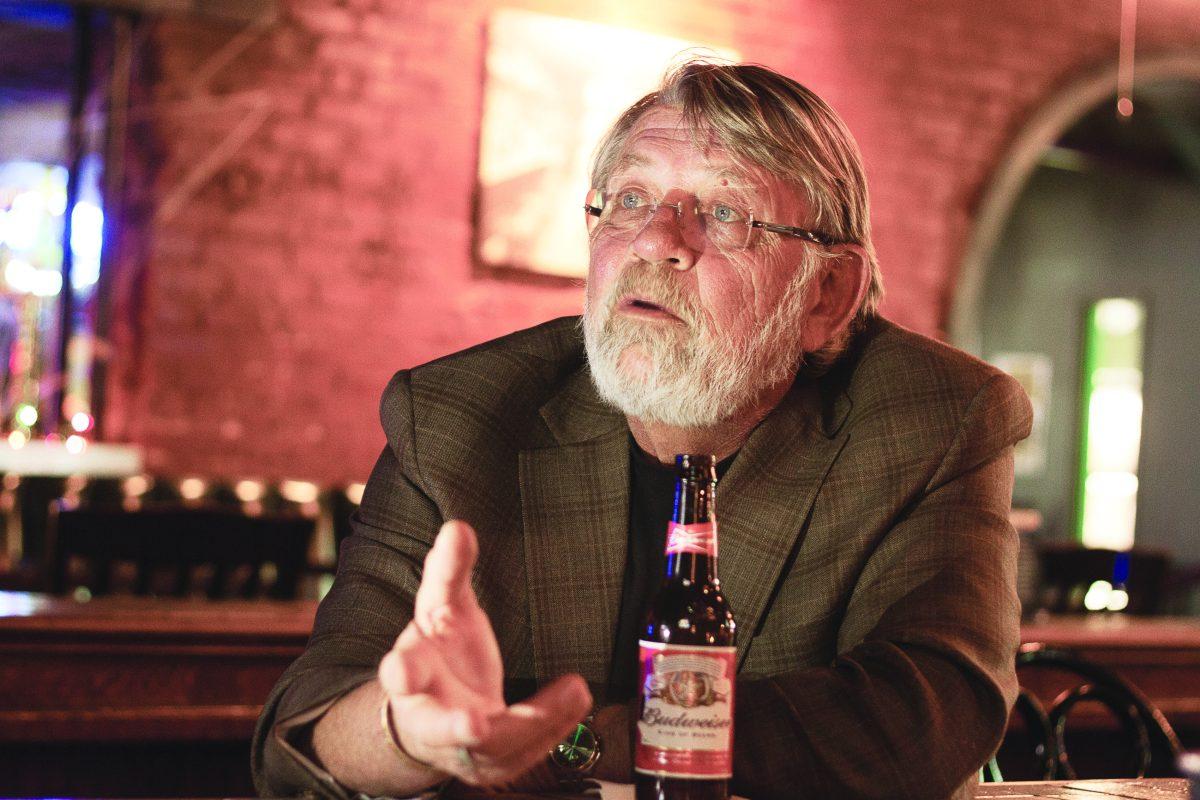Dallas is a city whose face alters with each darker shade of the twilight. Samuel Grand Avenue is menacing at 6:30 p.m. and Harry Hines is scary at midnight.
Every vignette in arts and humanities professor Clay Reynolds’ “Night Work” could be about the dank Walgreens or the dilapidated convenience store around the dark-lit bend of a street in old Dallas.
Reynolds’ piece in “Dallas Noir” is different from all other stories in the anthology. Devoid of a continuous plot or a central protagonist, the sketches manage to weave a tale of intrigue around unrelated characters that are as yet unaware of the danger that awaits them.
Set in old East Dallas, the six vignettes portray a strange aloofness stereotypical of the average working neighborhood — misery, poverty, sex and death are all quasi-normal — no one has the leisure to dwell on morality when it comes at the expense of daily survival.
Each of the vignettes is a narration through the eyes of a protagonist, someone working in the service industry worried about keeping a job yet scared for his life, not trusting the cops yet uneasy of not reporting a crime.
Perhaps Reynolds, a man who comes across as rigidly upright and principled, conveys some of his own dilemma through the sketches — the constant duel between doing what’s right and doing what’s best for one’s self.
Back in the mid-nineties, Reynolds and his son were returning from a late-evening club baseball game at Mesquite, and urgently needing a restroom facility, stopped at the first convenience store they saw after miles of driving without seeing one.
The store on Samuel Grand Avenue, the group of men in a nearby pickup truck and the eerie sense of foreboding stuck with Reynolds.
When David Hale Smith, editor of “Dallas Noir,” invited him to write for the anthology, that is the noir moment he chose to start with.
All the separate scenes in the story are connected through a silent, lurking fearfulness, setting the stage for a tragic end or the awareness that something bad is about to happen, Reynolds said.
The poignant use of the word “maybe” in the rapid millisecond-assessments that the characters make of the imminent threat or the perceived victim draw out the reactions of a human mind used to dealing with death and fear on a daily basis.
In the heart of the city, in Deep Ellum, on Pearl Street, by the historic district, there is the sense that one needs to watch out for danger — the contrasting desperation and obscene wealth — elements that Reynolds paints vividly in his little night sketches.
Reynolds’ Dallas is Jimmie Dale Gilmore’s song, “Dallas from a DC-9,” a city of big oil and cotton money and private clubs, a city that seems always to be in transition.
“Dallas tears down old buildings almost before they become old,” Reynolds said. “It makes you sad in a way.”
Yet, in his own way, he fits right in with the mood of the city. With his 20th book and 10th novel, “Vox Populi” out on stands, Reynolds isn’t thinking of what’s next. He is thinking, instead, of ways to make his next work special, beyond the reaches of mediocrity, to keep his work new, just like the city of Dallas.







